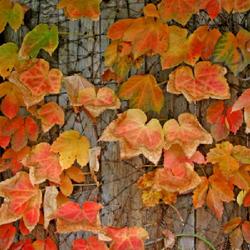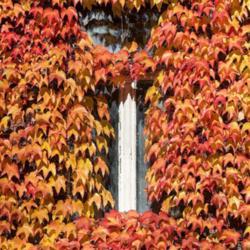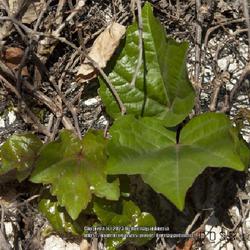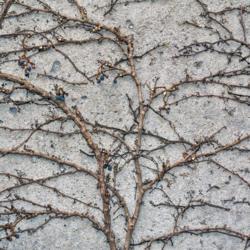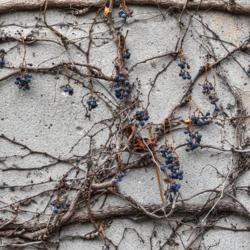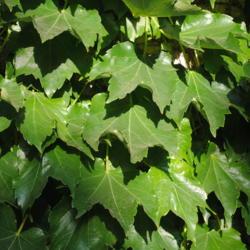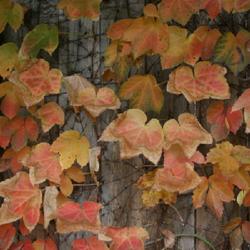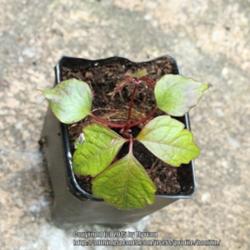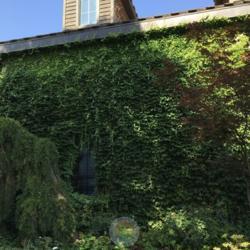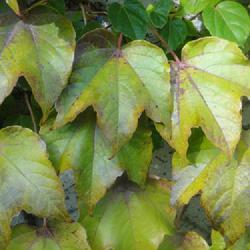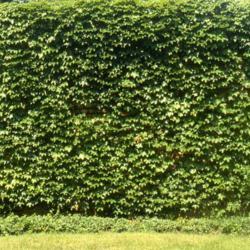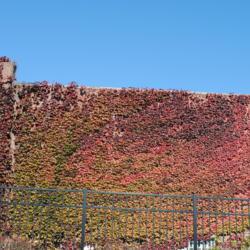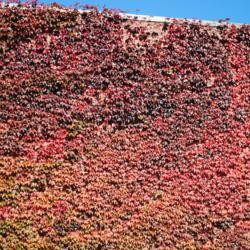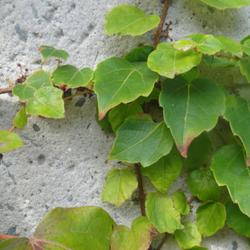| Plant Habit: | Vine |
| Life cycle: | Perennial |
| Sun Requirements: | Full Sun Full Sun to Partial Shade Partial or Dappled Shade Partial Shade to Full Shade |
| Water Preferences: | Mesic |
| Soil pH Preferences: | Slightly acid (6.1 – 6.5) Neutral (6.6 – 7.3) |
| Minimum cold hardiness: | Zone 4a -34.4 °C (-30 °F) to -31.7 °C (-25 °F) |
| Maximum recommended zone: | Zone 8b |
| Plant Height: | 30-50 feet |
| Plant Spread: | 5-10 feet |
| Leaves: | Good fall color Semi-evergreen Deciduous |
| Fruit: | Showy Edible to birds Other: 1/3 inch, bluish-black berries |
| Flowers: | Inconspicuous |
| Flower Color: | Green Other: Greenish-white |
| Bloom Size: | Under 1" |
| Flower Time: | Late spring or early summer Summer |
| Uses: | Erosion control Groundcover Will Naturalize |
| Wildlife Attractant: | Bees |
| Resistances: | Deer Resistant Pollution Tolerates dry shade Drought tolerant |
| Propagation: Other methods: | Cuttings: Stem |
| Pollinators: | Various insects |
| Miscellaneous: | Tolerates poor soil Monoecious |
